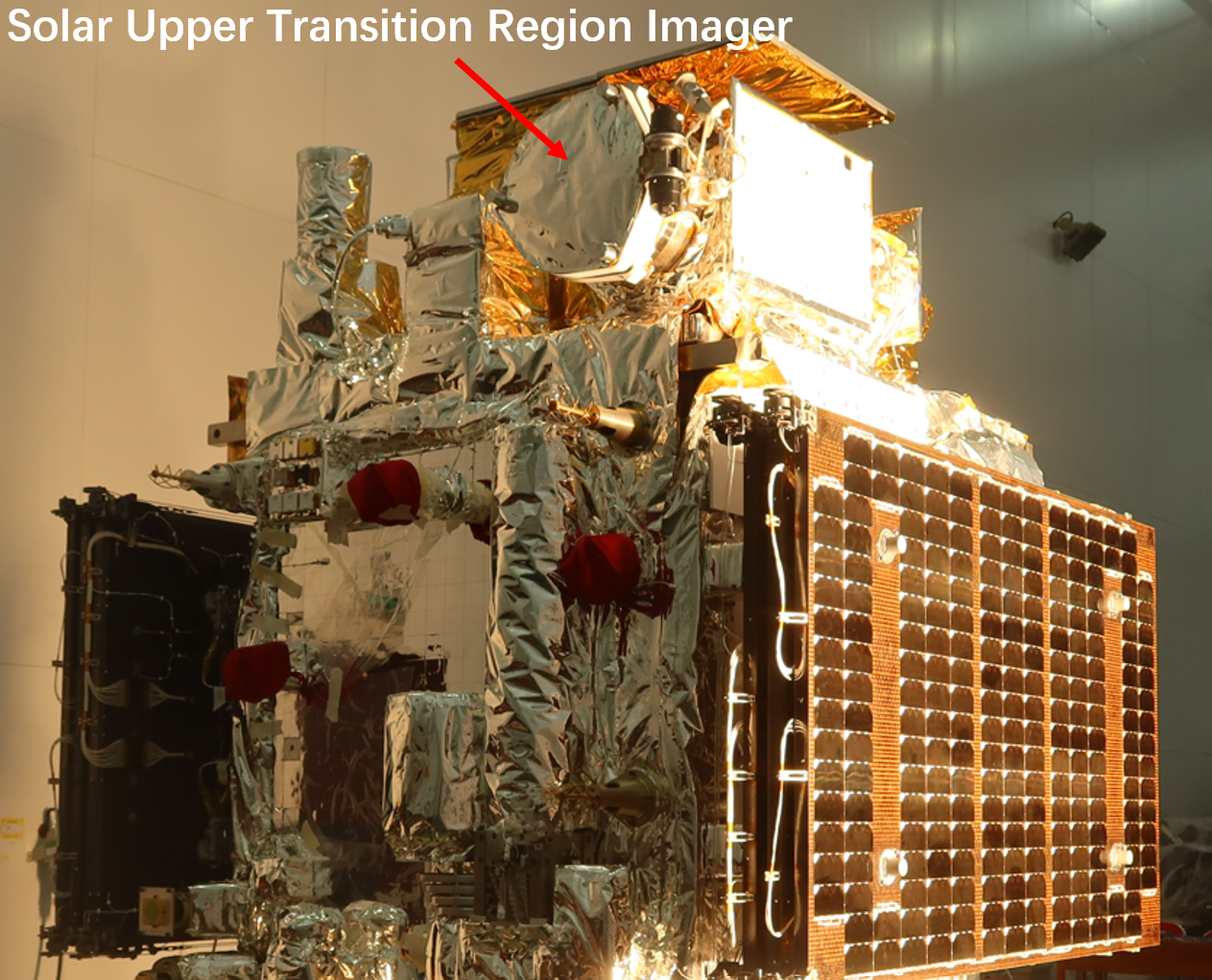The Solar Upper Transition Region Imager (SUTRI) is China's first telescope to probe the solar transition region and is one of the payloads onboard the first spacecraft of the Space Advanced Technology demonstration satellite series (SATech-01), Chinese Academy of Sciences (CAS). SATech-01 was successfully launched to a sun-synchronous orbit at a height of ~500 km in July 2022 by the Zhongke-1A (ZK-1A or Lijian 1) rocket at the Jiuquan Satellite Launch Center. SUTRI operates on an orbit with the period of ~96 min and its local time at the descending node is 10:30 am.

As a science and technology demonstration payload, SUTRI has both technical objectives and scientific goals. In the technical aspect, SUTRI will test the on-orbit performance of our newly developed Si/Sc multilayer mirror and the back-illuminated CMOS imaging camera. New on-orbit calibration methods to improve the science data quality of future solar EUV observations will also be tried. From the scientific point of view, SUTRI will take full-disk images of the solar atmosphere at a temperature of ~0.5 MK using the Ne VII 46.5 nm line, which has never been routinely observed by past and existing solar EUV imagers. With SUTRI's unique data, we aim to establish the missing link between the lower solar atmosphere and corona and investigate the dynamics and energetics of solar eruptions.
The aperture door of SUTRI was opened on 31, August, 2022. Since September 4, SUTRI has been routinely taking narrow-band images of the solar upper transition region during the roughly two thirds of each orbit period (~60/96 min). SUTRI has observed many solar flares, coronal mass ejections (CMEs), prominences/filaments and their eruptions so far, demonstrating SUTRI's capability to monitor solar eruptions. The network structures of transition region, active region loops, jets and coronal holes are also seen in the images taken by SUTRI. With a formation temperature of ~0.5 MK, the Ne VII 46.5 nm line is an excellent one for the diagnostics of cooling downflows in the upper solar atmosphere.